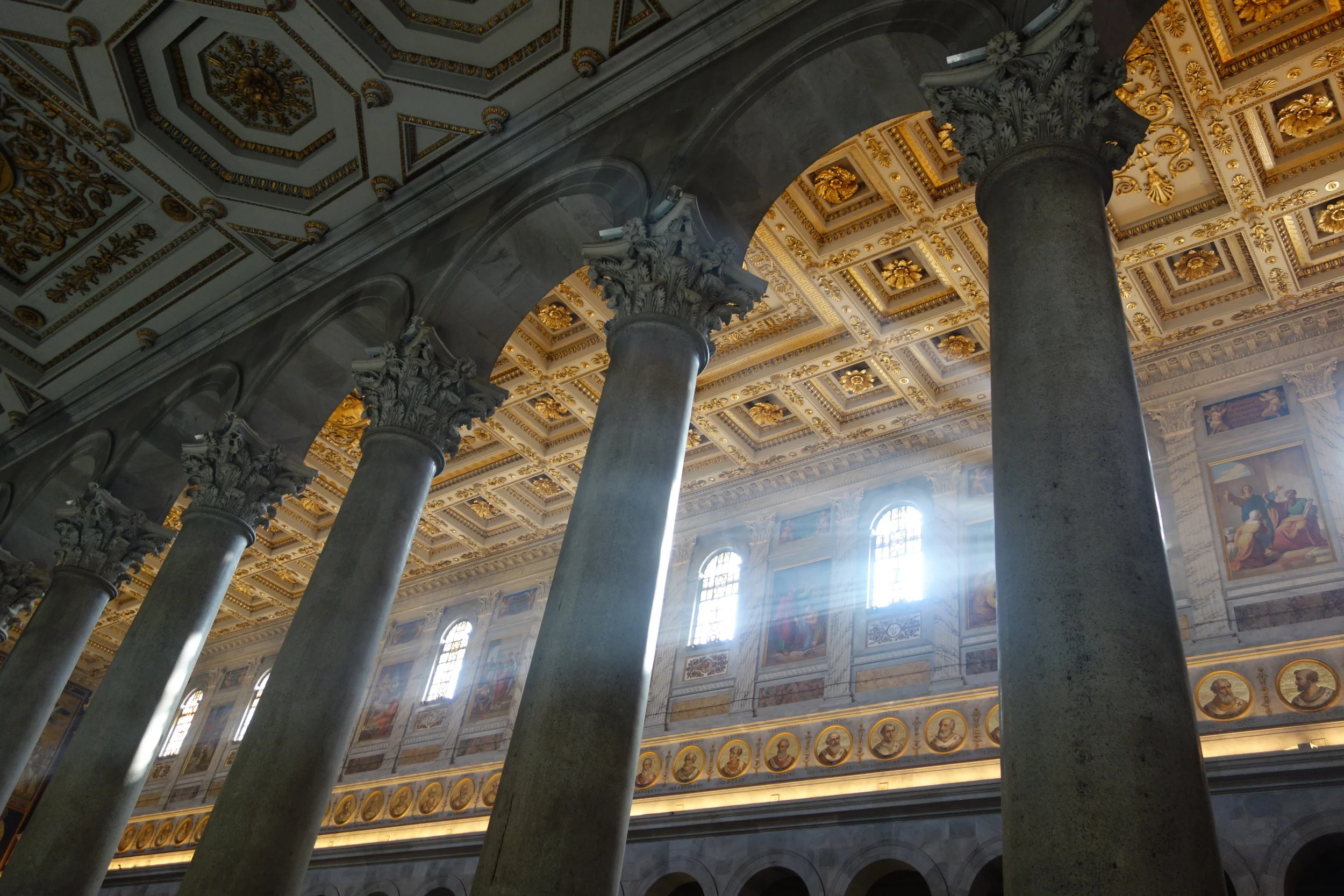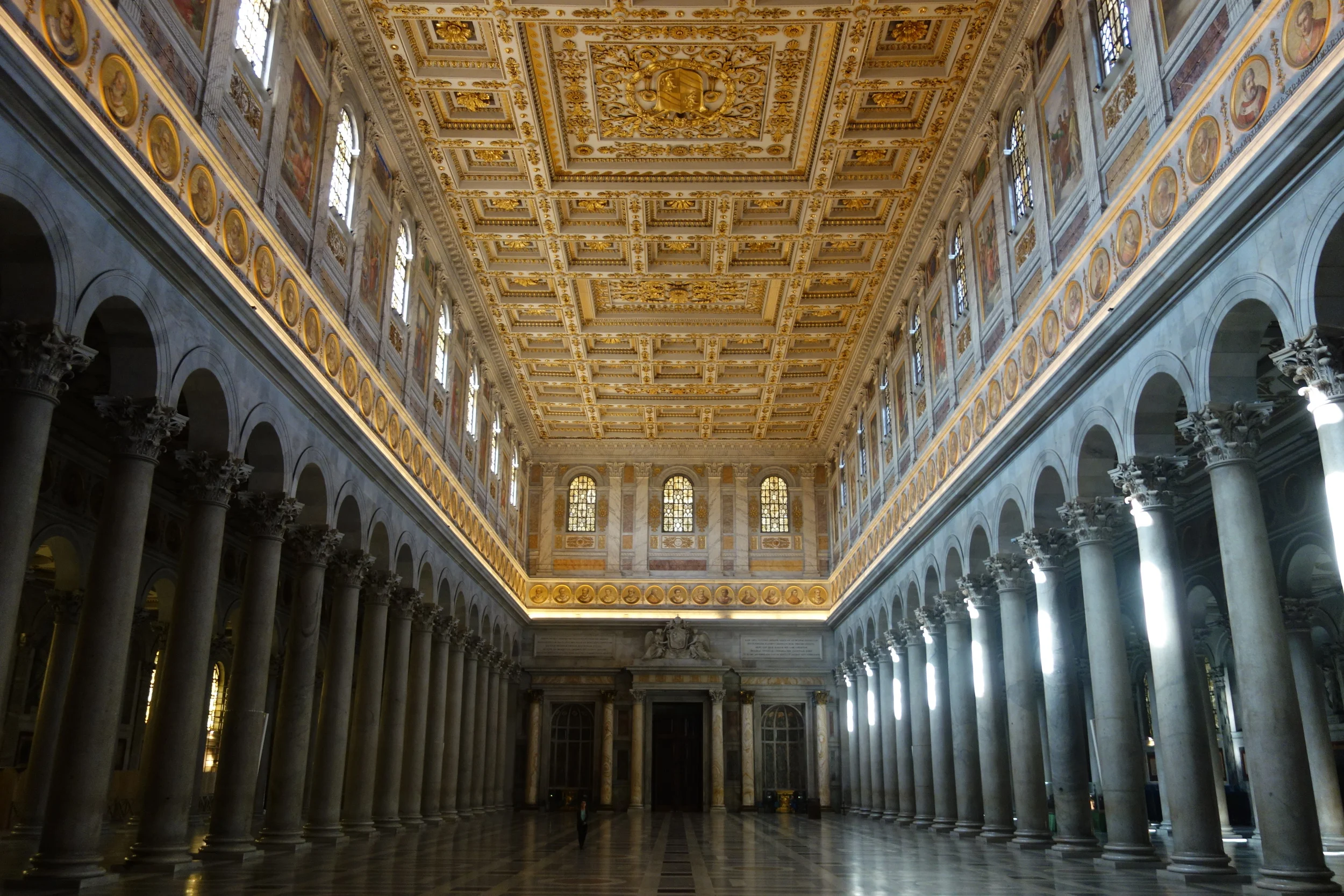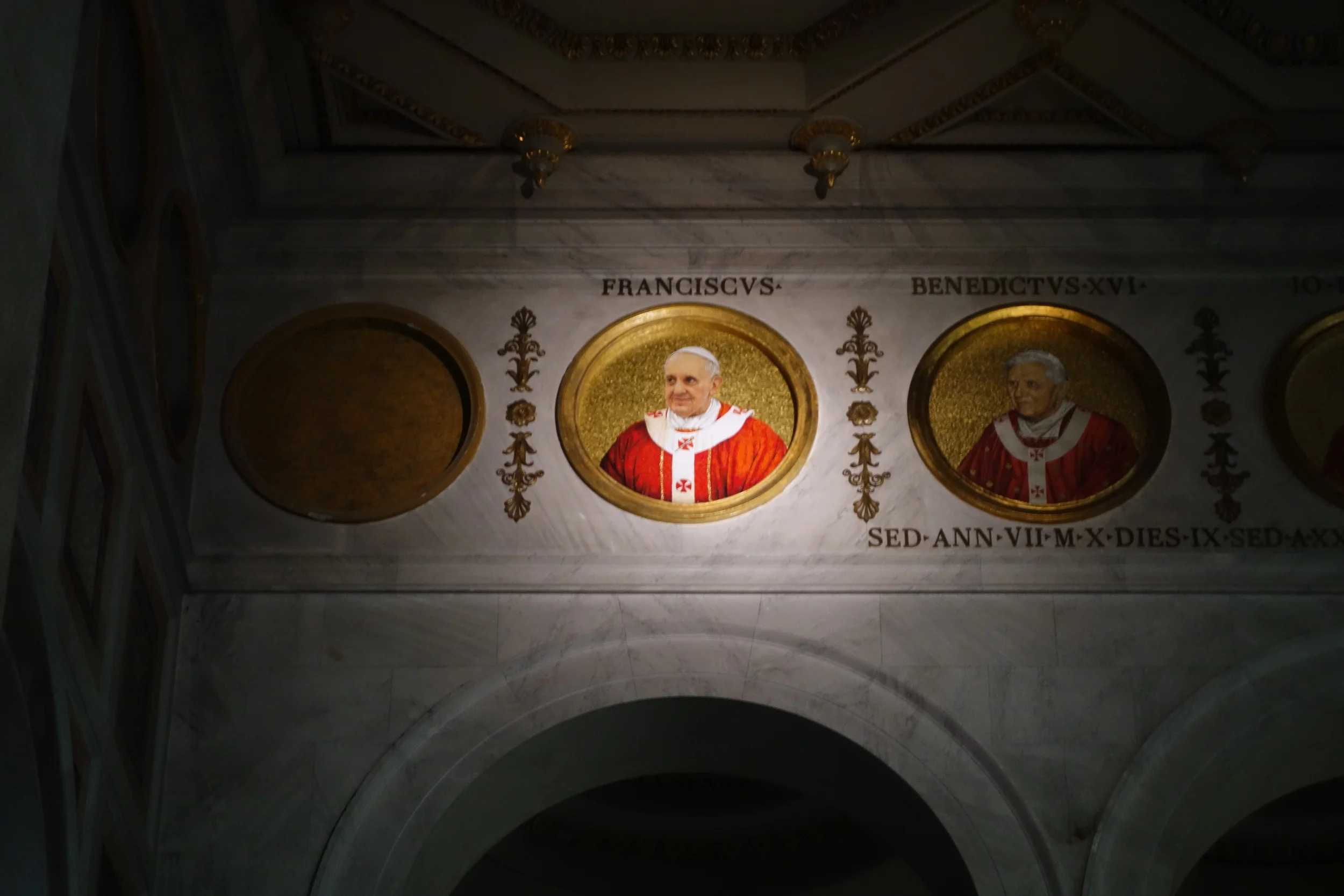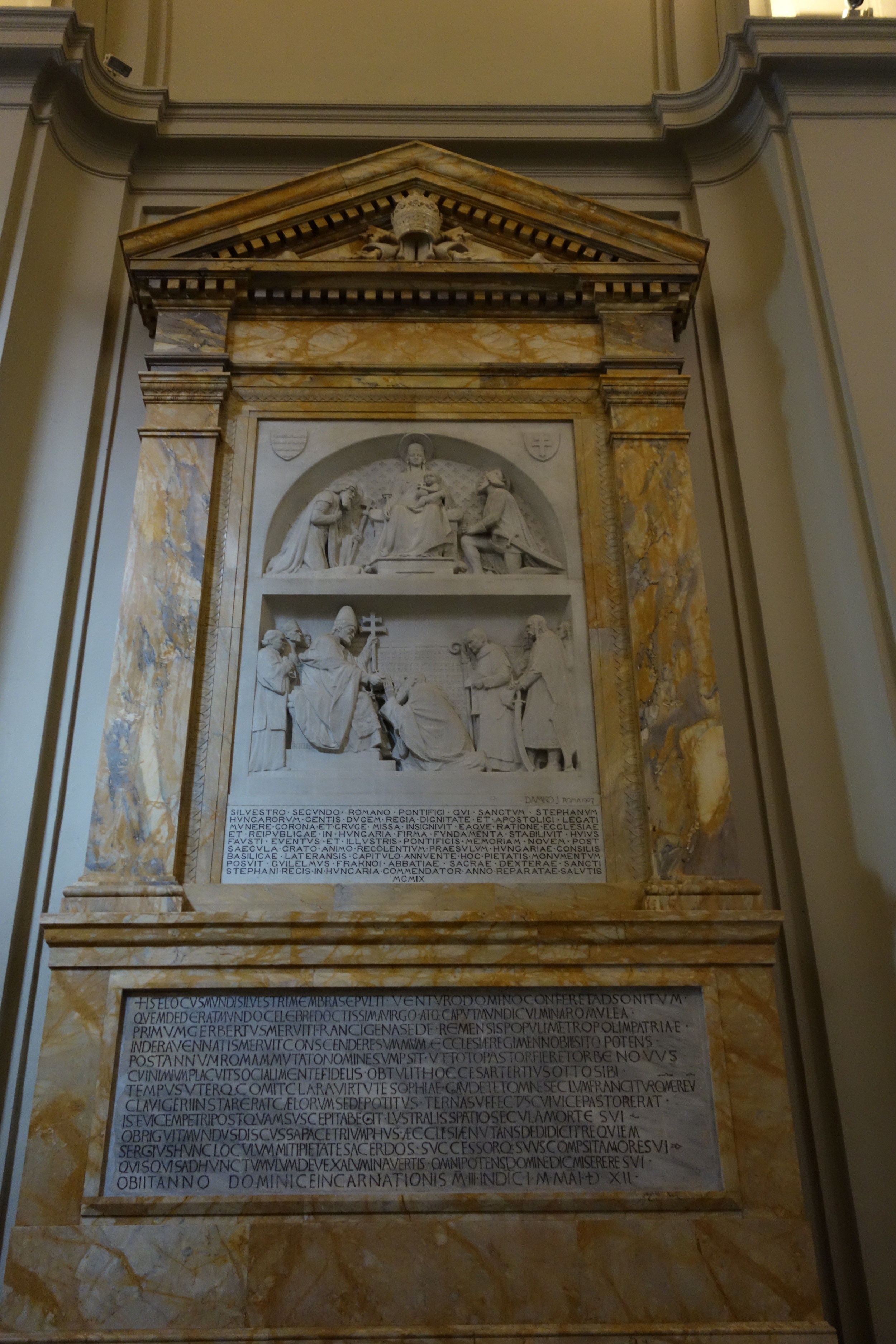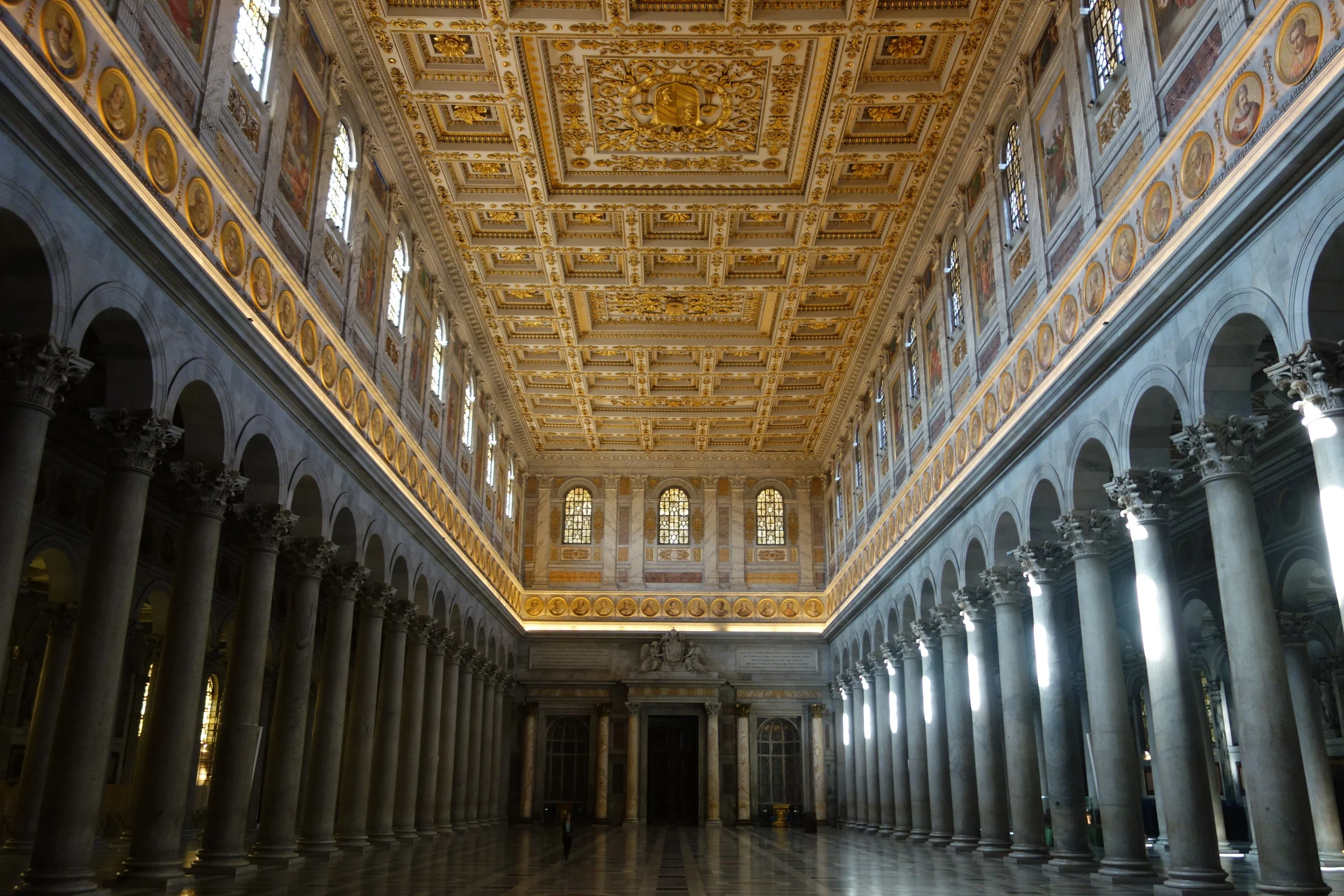The Oracles of Rome: Two Architectural Oddities Predict the Apocalypse
Originally published on Atlas Obscura.
The Basilica of St. Paul Outside the Walls in Rome has seen its share of destruction. Since 340, it’s been struck by lightning, damaged in an earthquake, accidentally burnt to the ground, and sacked by pirates. It seems nothing shy of the apocalypse will keep this church down. But according to local legend, the four horsemen might be riding in sooner rather than later. The collection of papal portraits here are linked to the end of the world.The Basilica of St. Paul Outside the Walls in Rome has seen its share of destruction. Since 340, it’s been struck by lightning, damaged in an earthquake, accidentally burnt to the ground, and sacked by pirates. It seems nothing shy of the apocalypse will keep this church down. But according to local legend, the four horsemen might be riding in sooner rather than later. The collection of papal portraits here are linked to the end of the world.
Every pope is depicted in a large mosaic installed in a niche around the perimeter of the church. They're all exactly the same size and neatly laid out in a single-file line under the windows. The only problem is, there’s a finite number of niches. A second row would certainly throw the aesthetic off so the legend says that when the niches run out, the world ends.
Even though the tradition of the portraits was started by Pope St. Leo the Great in the 5th century, the niches and the legend are newer than you might expect. At first, the portraits were frescos. They were only added sporadically, frequently falling behind the times, until 1823 when a fire ravaged the building. During the rebuilding of the basilica, Pope Pius IX ordered the portraits to be reinstated and brought up to date, this time using mosaics. If a pope’s likeness wasn’t well-documented, artist Filippo Agricola arbitrarily assigned him a face (so even the most devout Catholics won't recognize a few). The project was completed in 1875, and since then the mosaics have been added pope-by-pope.
Since popes typically die in office, a sign indicating the death of a pope might help you gauge your concern about the end of the world. At the Lanteran, a cenotaph to Pope Sylvester II is said to sweat when the death of a pope is imminent. There were plenty of people keeping an eye on it near the end of Pope St. John Paul II’s life, but no word on how it will react with one current pope and one retired.
